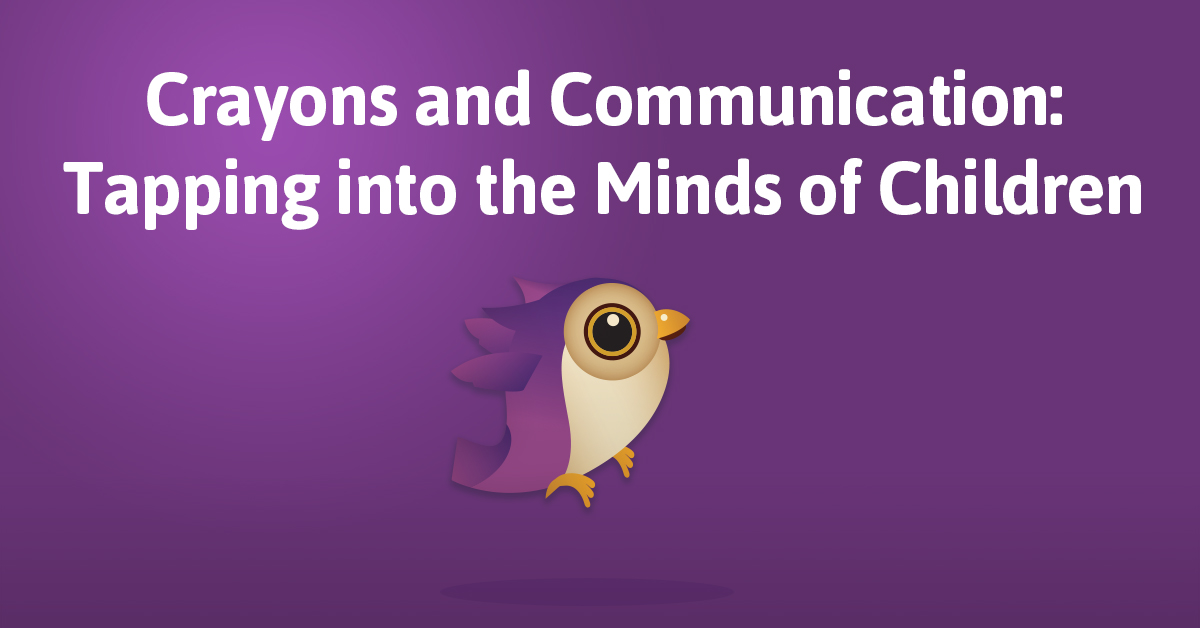In my kindergarten classroom children drew with pencils, crayons and markers on a daily basis. They practiced communication through stories, drew solutions to math problems, illustrated their observations of the world, shared their happiness and sadness, all on paper. What amazed me was that these same children, in front of the computer or with the tools of the SmartBoard, would go from “drawing-communicators” to what I can best describe as “color explorers”.
My students loved using a computer program called Kid Pix. They would add lots of colors, stickers, patterns, even type. Then they would blow up all their work with one of many “eraser bombs”. They just loved clicking away, filling up the screen with colors, pictures, letters and numbers. They would spend easily an hour on Kid Pix if time allowed. What could be more fun?
Were They Communicating Anything?
It wasn’t clear how they were applying what they were learning. My job was to provide a place where children could learn and grow. I needed to provide both the fun and try to get some learning or a product to emerge naturally.
One solution was to switch to using Microsoft Paint. No eraser bombs, no stickers, just colors, lines and a paint bucket. Was it fun? Not really, but I was able to get pictures that communicated what my students were learning. The problem was my students stopped asking to use the computer for drawing. They would groan when we were going to computer lab and beg to use Kid Pix.
What I began to understand was that although the exploration is fantastic, a great space for children to learn and grow, needed to figure out what I could do with the technology to keep the exploration and add the communication. After seeing children engage with a few well designed drawing apps I finally got my answer. There is something that technology can add to what children do with paper and pencil alone that does not sacrifice the depth of learning and communication.
A Transformed Drawing Experience
One of these fantastic apps is called Doodlecast, which is an app for children to create their own stories. The app contains blank screens and a variety of story starters. Choose from nine colors and use your finger to draw on the screen. Simple, right?
What Doodlecast does to transform the general drawing experience is that it adds a non-obtrusive recording feature. Children are still able to freely draw with their finger, but the unique playback feature lets adults tap into what is going on in the mind of the child. Also, I found that a 5 year old watching themselves draw and talk gets just as excited as when they get to launch a bomb to erase their work as in the computer programs I have used.
Drawing has the power to stimulate young children, give a them a way to communicate and allow us to understand how well they understand complex and abstract ideas. Why not use a tool that for $2.99 provides children an interactive, fun way to encourage creative drawing and communication? I believe fully in the power of paper, crayons and markers, but I am glad that we now have options like Doodlecast!
Happy Drawing!

